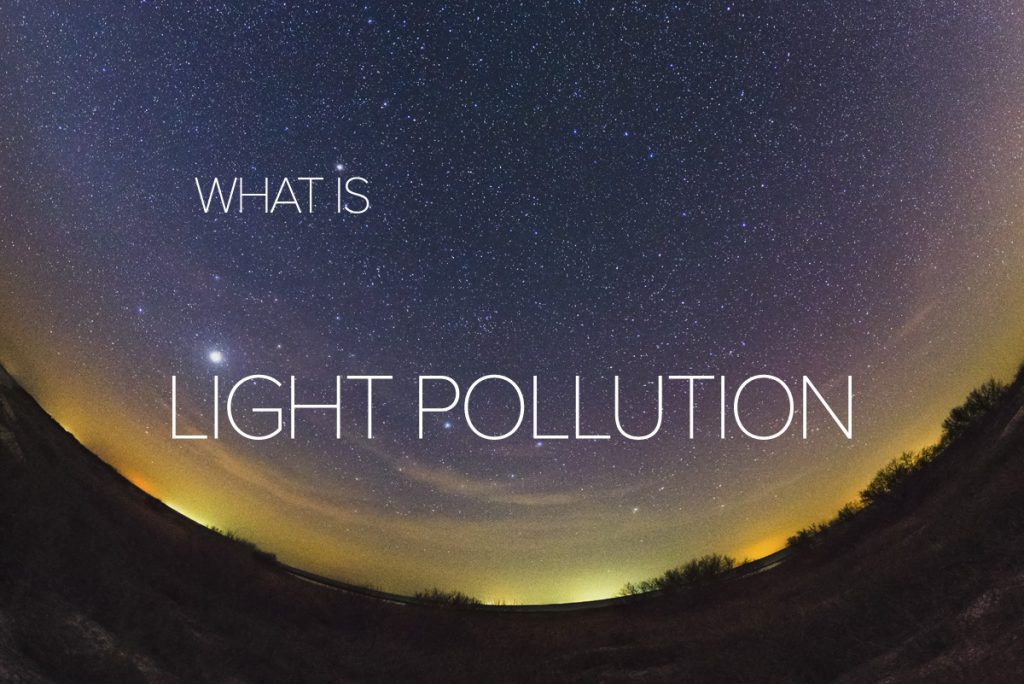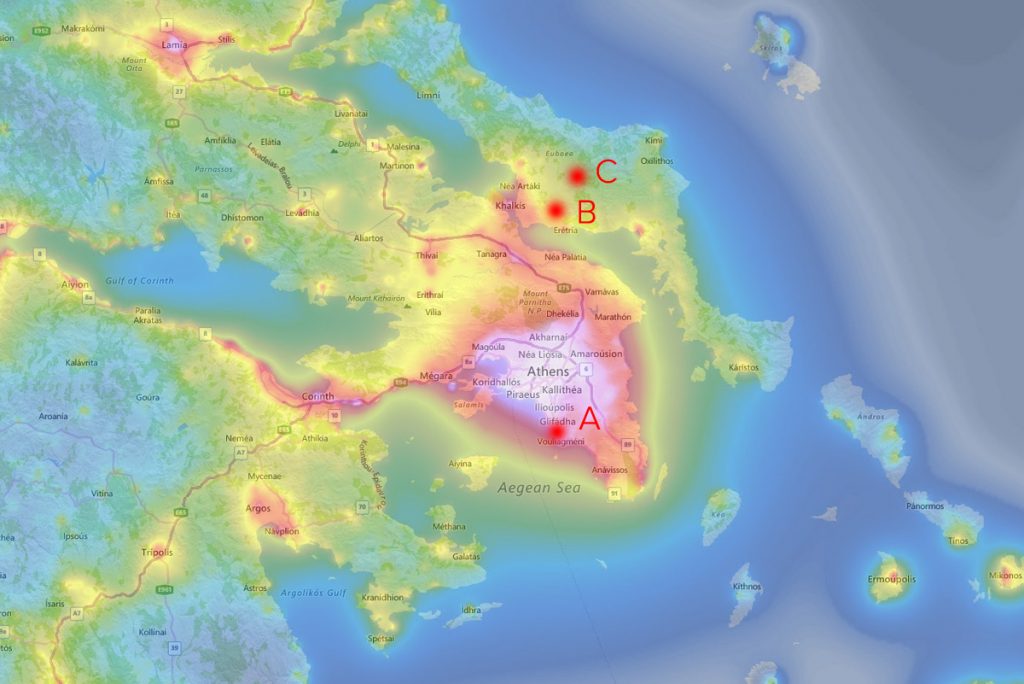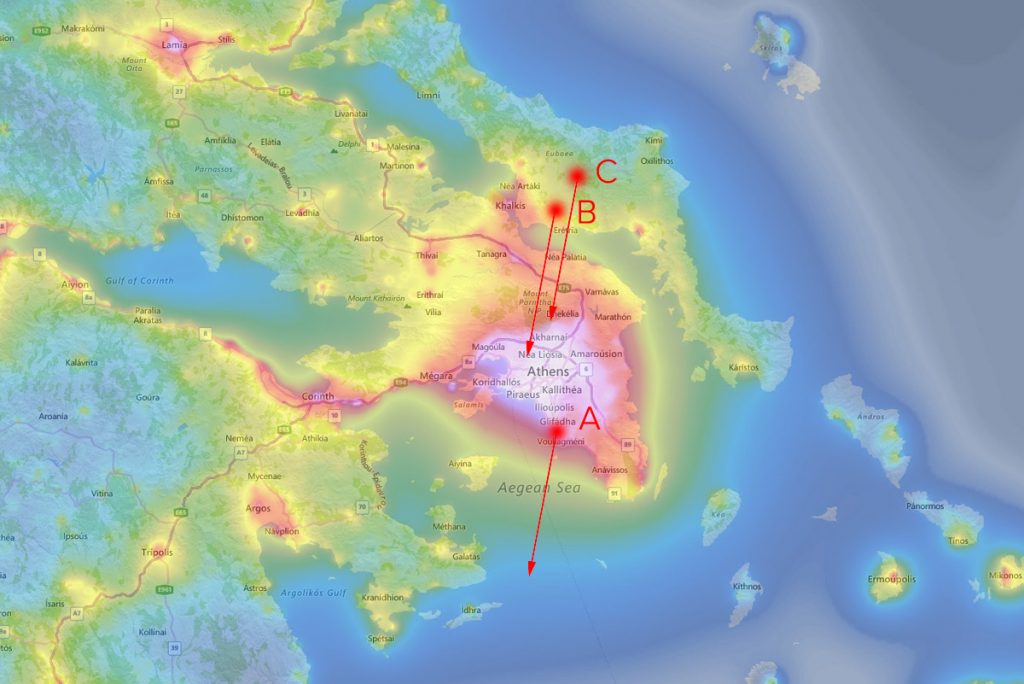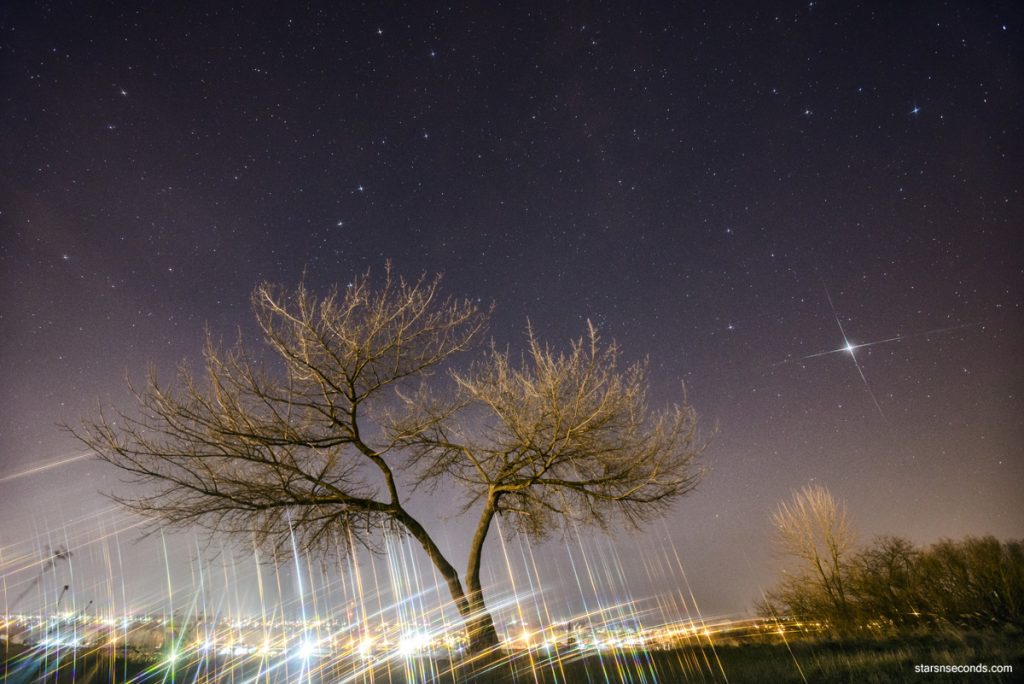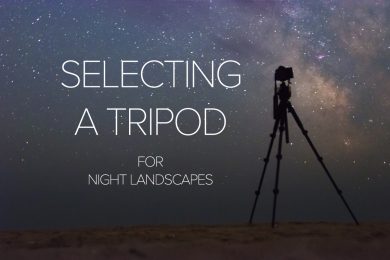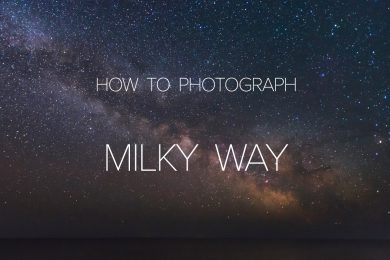What is light pollution
The settlement of humanity are very influential on the environment. We cut down forests, drain the swamps, pave the many thousands of square kilometers, and we illuminate all of it, that seem the most harmless it would. As soon as electric energy was mastered on an industrial scale, the night side of Earth lit millions of lights and the scientists began to seriously talk about this problem already in the XXI century.
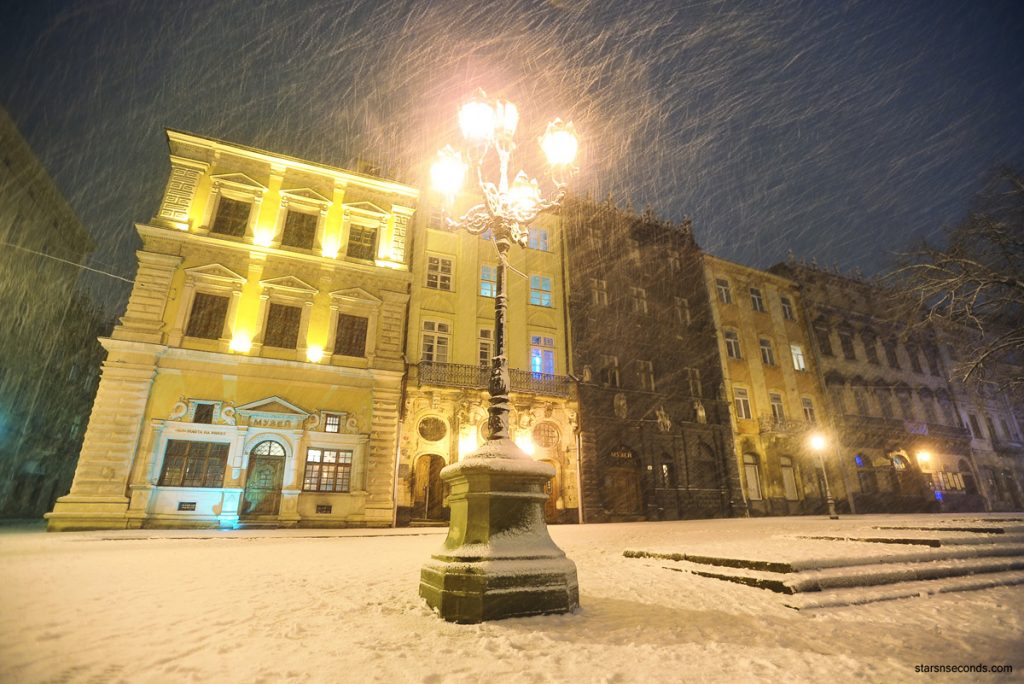
Light pollution occurs when the energy of artificial light unnecessarily dissipates over our heads. Most streetlights and industrial spotlights do not have restrictive hoods. They shine in all directions like kind a stars. This light going to the sky, fills it and dissolving the dim glow of galaxies and nebulae.
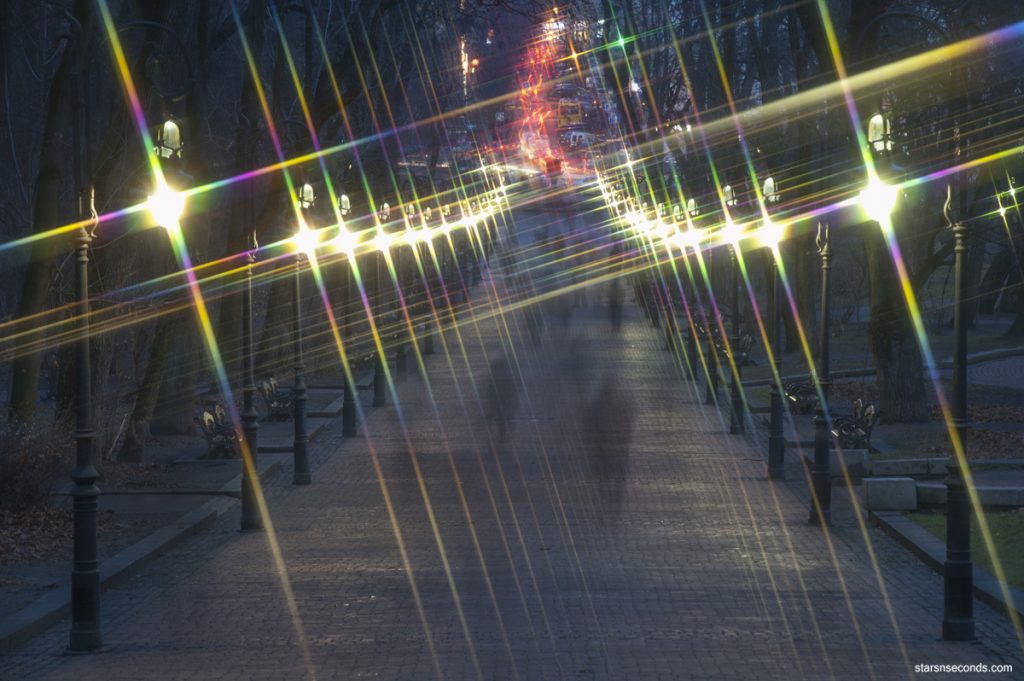
Scientists of the past centuries have opened the universe in observatories in the city. These observatories are not only obsolete technologically, but also lost their relevance as sites for observation. For the construction of modern telescopes today, desert areas are selected, away from settlements. In addition to the dark sky, such a solution is also justified by the need of astronomers in a calm and clean atmosphere and cloudless weather.
But the damage from light pollution is not only that it interferes with the activities of scientists. From all types of pollution, light pollution is the latest and least investigated. Light is not dirty, of course, but even it is in excess can damage the wildlife. Many nocturnal animals and migratory birds lose their habitual rhythm of life and orientation in space. This will inevitably cause an environmental imbalance, the scope of which is yet to be understood. In addition, chronic sleep deprivation can be considered a distinctive feature of the majority of inhabitants of modern cities.
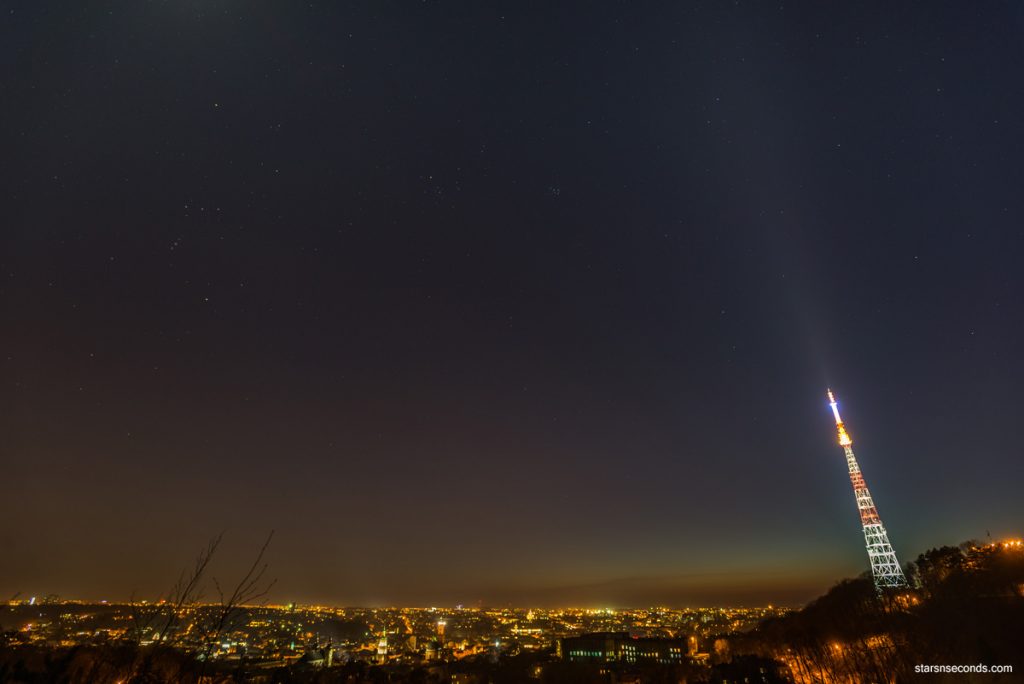
Problems of amateurs of astronomy seem completely petty, if you take into account all of the foregoing. Still, a completely dark sky is a rarity, for which sometimes it will be necessary to overcome hundreds and thousands of kilometers. The irony is that the civilization of your place of residence is inversely proportional to the chances of finding a suitable location for observing or shooting the night sky. Europe, the East Coast of the United States, Japan, and other densely populated areas have turned into solid islands of light, which have already forgotten what the Milky Way looks like...
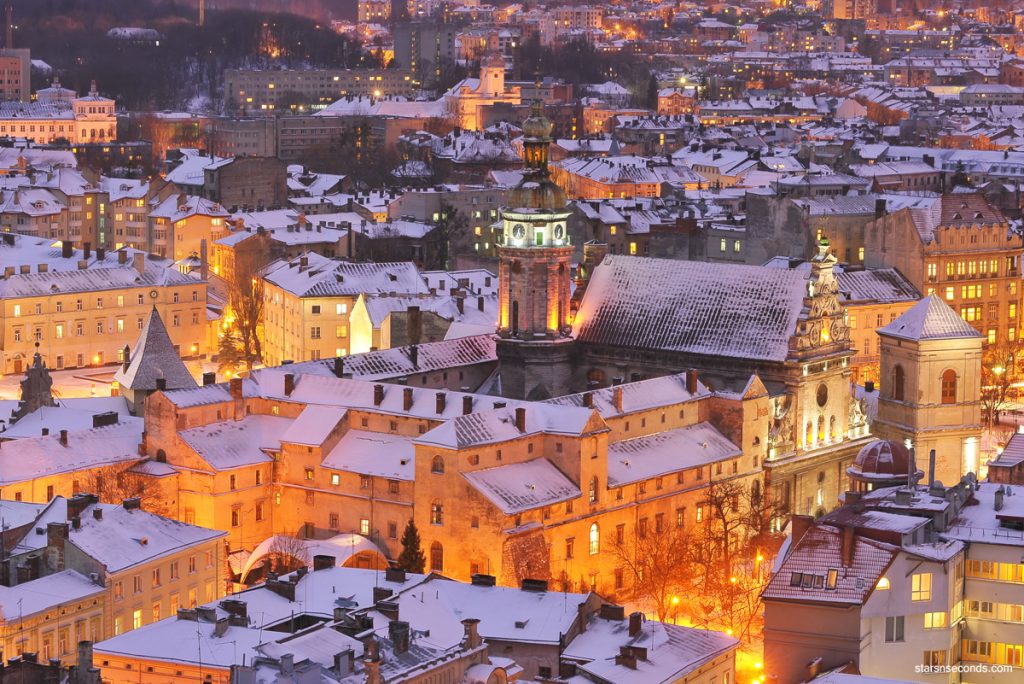
Everyone understands the fact that the light pollution is the main enemy of astrophotography. But for many beginners all their color-coded marking of zones, domes and other words has little to say. This complicates the already difficult process of working on the night landscape. Let’s still try to figure out what the light pollution is and how to avoid it.
- Total light pollution
These are these colorful areas on the maps. Here we are talking about the light that fills the entire sky around the observer. You can not hide from the total light pollution. You can find the darkest corner of the city, but the scattered high in the air of light will still interfere with seeing or photographing the dark objects of deep space. The only thing you can do is go away. Leave the city, leave as far away as possible!
If around there are not many cities, industries, highways and other sources of artificial lighting, then the overall sky above this area will be dark, and you will easily see the Milky Way, even a few meters from a single bright lantern. More information about the impact of total light pollution on the quality of your photos can be found in another article article where I compare several frames with identical settings from different zones.
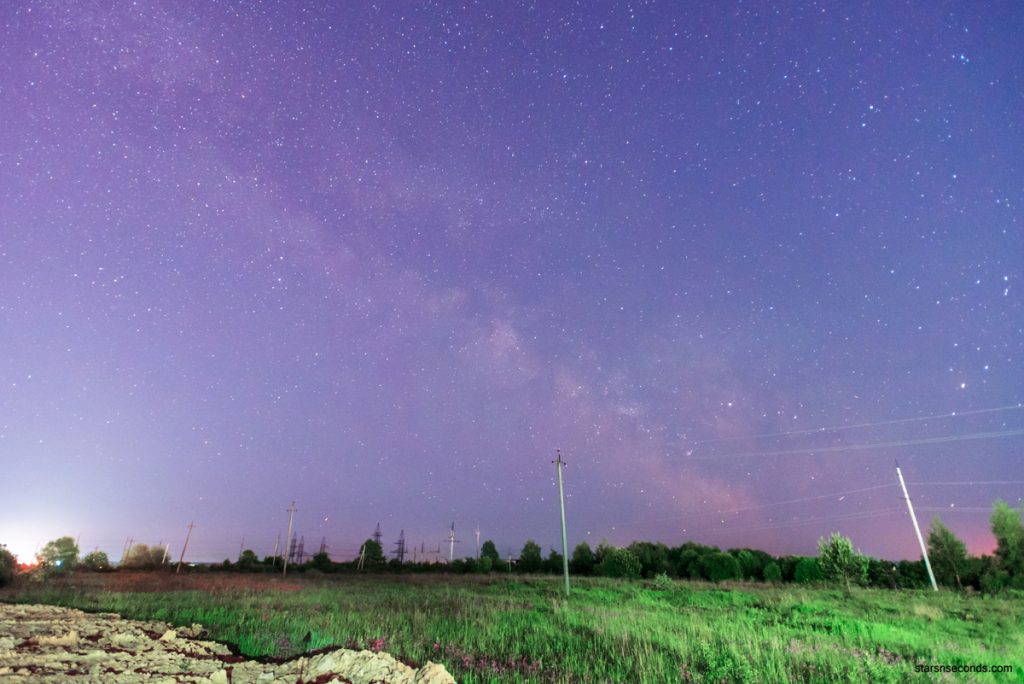
- Local illumination
Here are a few words about the lanterns : )
A straight-to-frame source of light will be a serious threat to your future picture. You can overcome many kilometers in search of a dark sky, and then on a shooting spot to find one single floodlight that shamelessly shines right in front of the landscape you have chosen. Local sources of illumination are not so terrible in spite of all the harm and insidiousness. They can be easily avoided. Get around, go away or take a picture in the other direction. This problem will be solved as soon as direct light is not beaten directly into the lens. You can even use it as a lighting for the foreground or obscure something from the source and get spectacular contour of light.
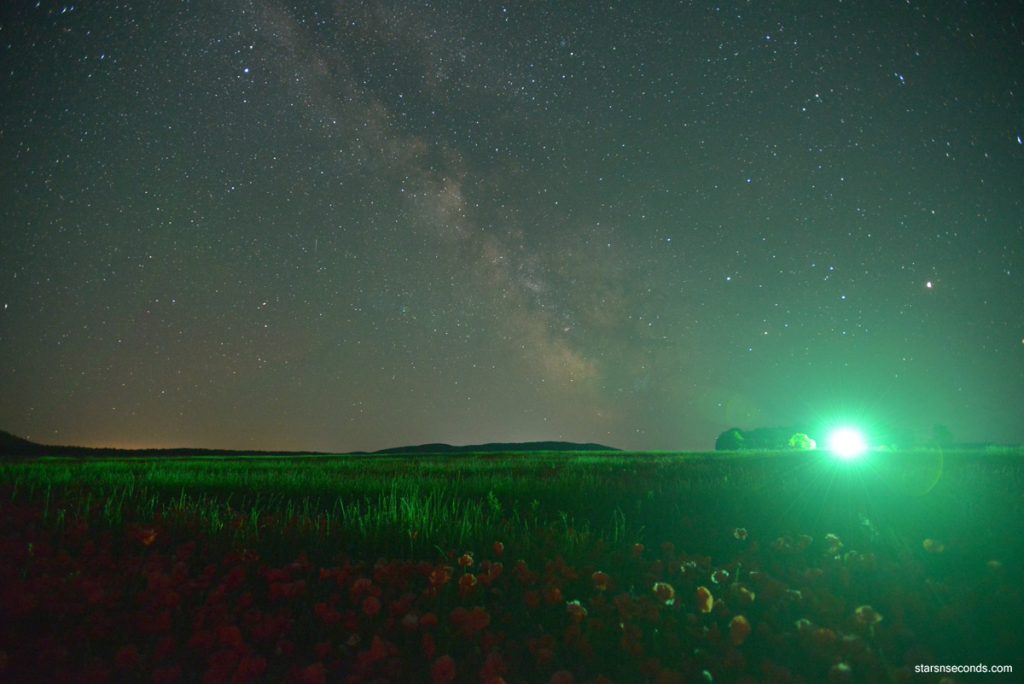
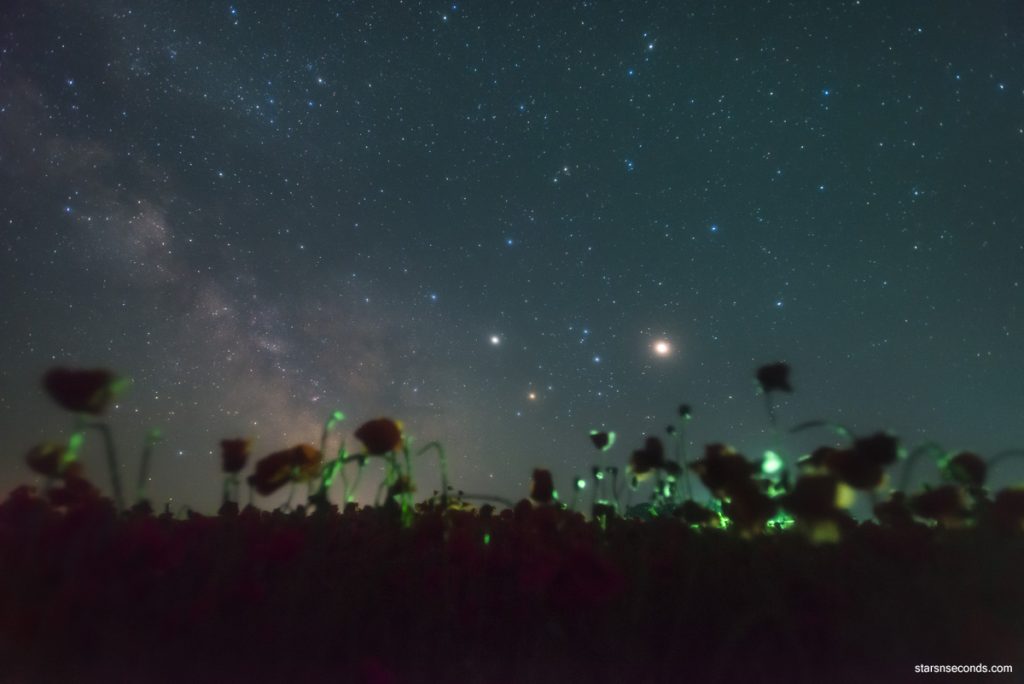
- Domes of illumination
The dome of glow from a big city will not disappear even if this city are hidden behind the horizon. It can even be useful.
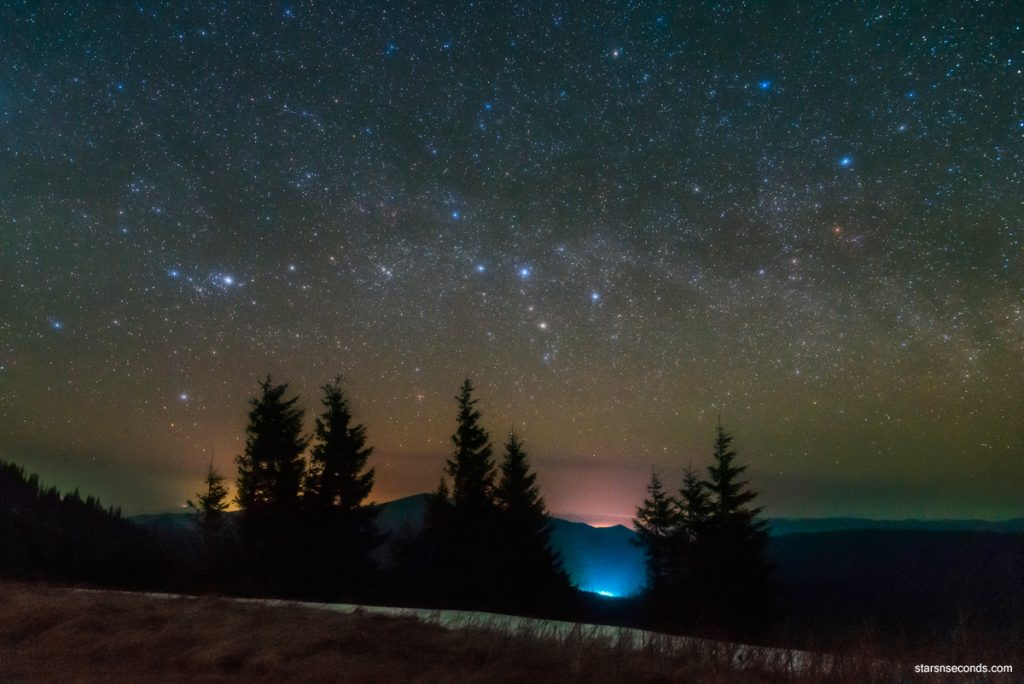
But domes will create a problem when compositionally important elements of the photo are low above the horizon. This is especially true of dim diffuse objects such as galaxies, nebulae, Milky Way or dazzling light. When there is a chance of such a case, it is necessary to know in advance whether settlements, and especially large cities, will be in the direction of future shooting. One single dome from a big urban area can spoil the whole plot even if the sky is generally dark.
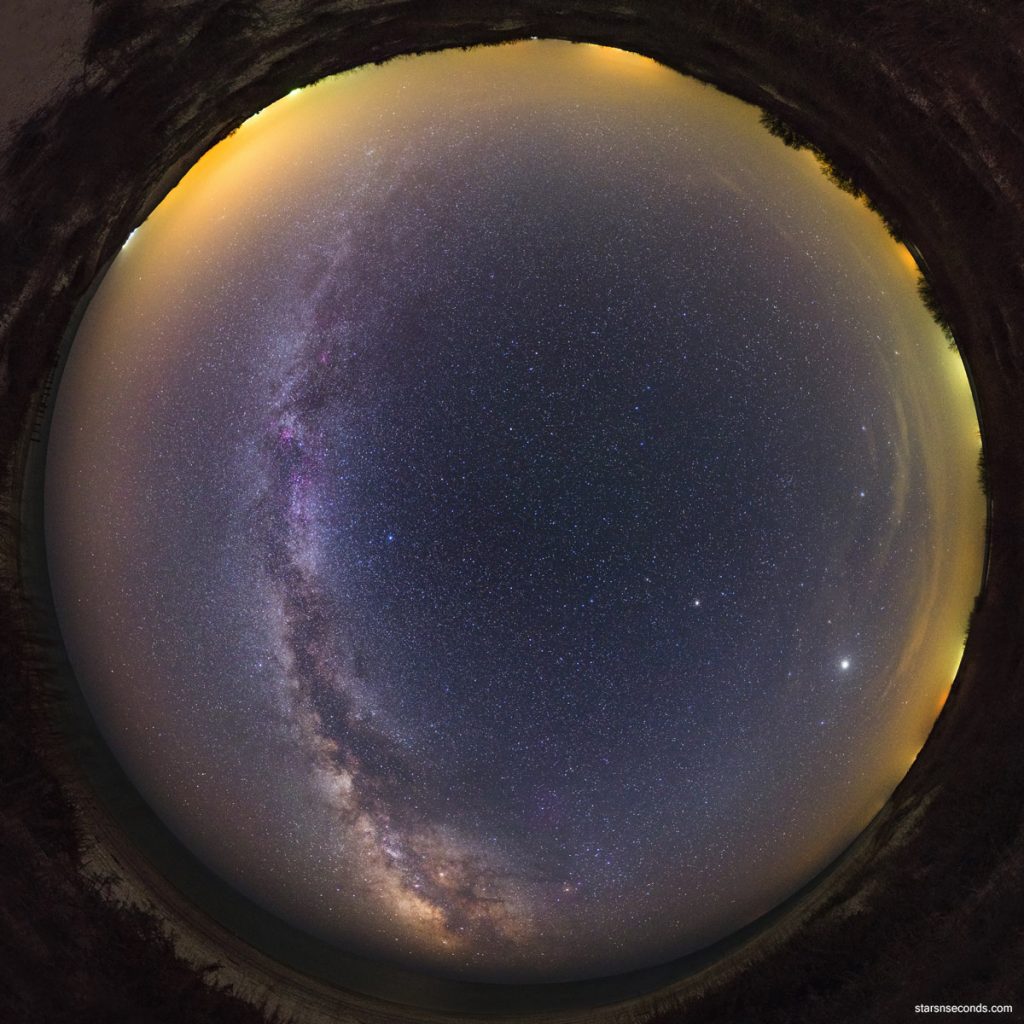
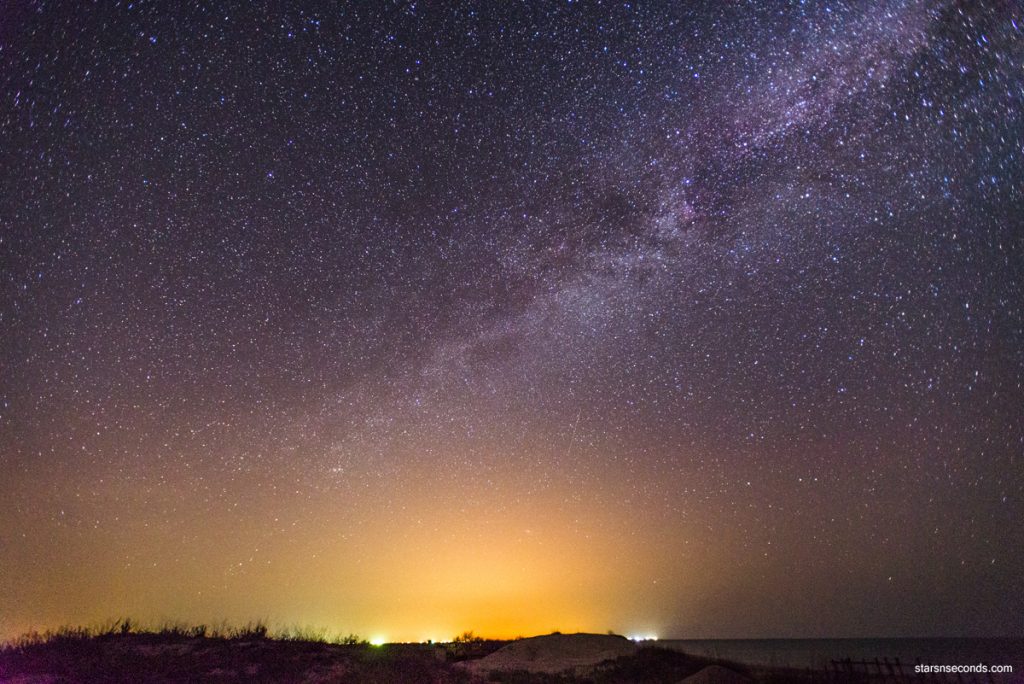
Light pollution maps
Depending on the total amount of light scattered in the atmosphere, there is a division into zones that are marked on the maps in different colors. There are many variations in the division and their definitions, but this is nothing more than convention. The common scale involves six zones:
White. Sky of metropolitan area. Only the brightest stars up to 2-3 m, the planets and the Moon can be seen here.
Red. Sky of big cities. It shows less bright stars with values of 3-4m, which allows us to distinguish between the majority of constellations.
Yellow. Sky of small towns. Here you can see the brightest parts of the Milky Way and a star of up to 5m, but the sky is still fully illuminated and has no natural darkness.
Green. Sky of countryside. The sky is completely dark only at the zenith, stars can be seen up to 6m. The Milky Way is already well visible.
Blue. The dark sky. The most obscure objects are available for observation. The Milky Way and its structure are beautifully visible. However, low above the horizon is still a light domes from distant settlements.
Black. Natural sky. A completely dark night, without the light even at the horizon. It’s such a night that it has always been before human exploration of electricity. In the modern world, these are extremely remote and wild places, such as the oceans, deserts and high mountain ranges.
In the web you will be able to find a huge number of different maps of light pollution in different years and from different sources. For example, one of them: lightpollutionmap
The problem of all these maps are still the same. They are too optimistic.
From the experience of shooting in various territories and all the maps I have seen, I will say that only this one responds to reality.
When planning your departure, pay attention not only to the area itself, but also to the environment. My personal experience shows that metropolitan areas are still a problem even hundreds of miles away.
Take a look at the map below:
Which of three coordinates is best suited for astrophotography?
At first glance, everything is obvious. Points B and C are located outside the city, they are in the countryside, with the point C already in the green zone, while B is still in yellow.
In the whole everything is true. Coordinate C is the best choice, while point A is the worst option.
But everything is rather ambiguous if we consider any particular case. Let’s imagine that the object we need is very dull and does not rise high above the horizon in the south:
The situation is changing dramatically. From the points B and C in the selected vector will be visible a very bright dome from the big city. Our nebula or galaxy will simply dissolve in an artificial illumination in front of it! At the same time there is no obstacle from point A towards the south, because there is sea. Despite the strong general illumination the coordinate A is the best option in this case.
Be flexible when choosing terrain and always pay attention to the possible presence of single sources of lighting in the frame, not only the overall level of light pollution. Try not only to avoid lanterns, but also to use for non-standard composite solutions. If the idea is tied to a certain direction, make sure that there are no bright domes. Even in the middle of a city under the sky that drowns in light pollution, you can find some opportunities for landscape astronomical landscapes!
